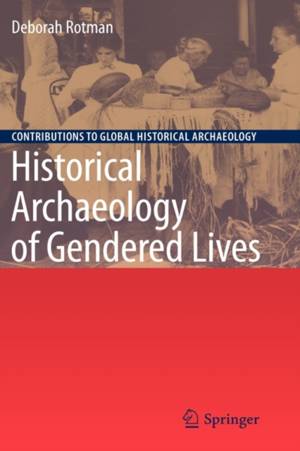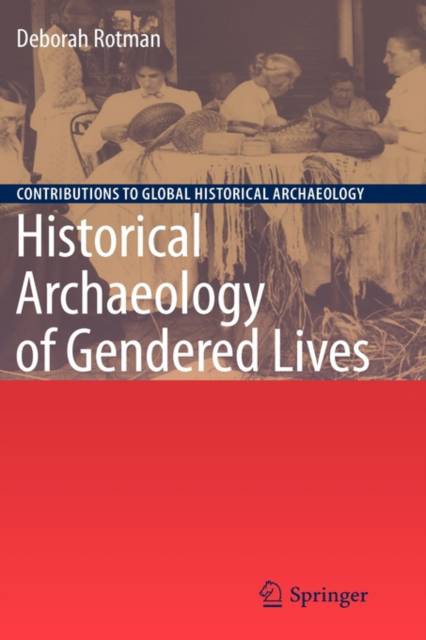
- Retrait gratuit dans votre magasin Club
- 7.000.000 titres dans notre catalogue
- Payer en toute sécurité
- Toujours un magasin près de chez vous
- Retrait gratuit dans votre magasin Club
- 7.000.0000 titres dans notre catalogue
- Payer en toute sécurité
- Toujours un magasin près de chez vous
Description
During the last half of the nineteenth century, a number of social and economic factors converged that resulted in the rural village of Deerfield, Massachusetts becoming almost entirely female. This drastic shift in population presents a unique lens through which to study gender roles and social relations in the late nineteenth and early twentieth century. The lessons gleaned from this case study will provide new insight to the study of gender relations throughout other historical periods as well.
Through an intensive examination of both historical and archaeological evidence, the author presents a clear picture of the gendered social relations in Deerfield over the span of seventy years. While gender relations in urban settings have been studied extensively, this unique work provides the same level of examination to gender relations in a rural setting. Likewise, where previous studies have often focused only on relations between married men and women, the unique case of Deerfield provides insight into the experiences of single women, particularly widows and "spinsters".
This work presents a unique contribution that will be essential for anyone studying the historical archaeology of gender, or gender roles in the Victorian era and beyond.
Spécifications
Parties prenantes
- Auteur(s) :
- Editeur:
Contenu
- Nombre de pages :
- 265
- Langue:
- Anglais
- Collection :
Caractéristiques
- EAN:
- 9780387896670
- Date de parution :
- 04-08-09
- Format:
- Livre relié
- Format numérique:
- Genaaid
- Dimensions :
- 157 mm x 236 mm
- Poids :
- 544 g

Les avis
Nous publions uniquement les avis qui respectent les conditions requises. Consultez nos conditions pour les avis.






